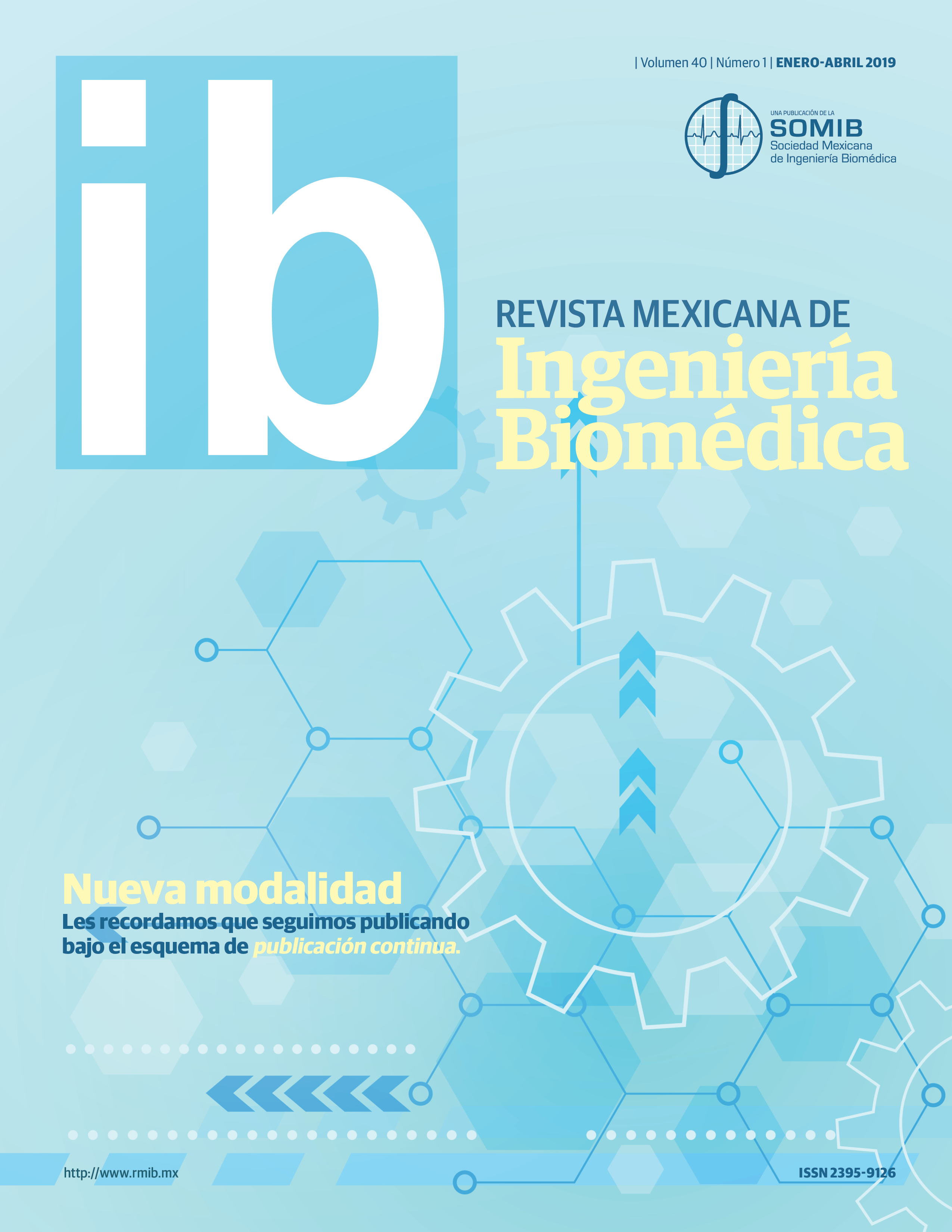Porous Lattice Structure of Femoral Stem for Total Hip Arthroplasty
DOI:
https://doi.org/10.17488/RMIB.41.1.5Keywords:
total hip arthroplasty, hip implant, femoral stem, orthopaedics, lattice, Finite Element AnalysisAbstract
Total Hip Arthroplasty (THA) is one of the surgical procedures carried out satisfactorily in procedures for osteoarthritis and trauma lesions. ATC surgery reduces pain and improves the quality of life of young patients. Therefore, it is of great importance to improve the properties of hip implants, since current implants do not match their lifespan with the life expectancy of a young patient. This is because the solid prostheses that currently exist have a higher Young's modulus, and therefore are too rigid compared to the bone tissue. On the other hand, the cyclic and continuous loads to which the hip joint is subjected in daily activities, can cause loosening and consequent implant loss The present work proposes an implant manufactured with a porous lattice structure, which aims to reduce stiffness, allow bone growth and a more effective mechanical load transfer. Three computational models subjected to static charges were evaluated and compared: 1) healthy femur, 2) implanted femur with a commercial prosthesis, and 3) implanted femur with a prosthesis with lattice structure. For the computational analysis it was decided to perform a static analysis of a person standing on the left foot; a load equivalent to the body weight was applied on the head of the femur, balancing the reaction forces in the system of forces (contact force, body weight, and abductor muscle).. The results were shown in terms of displacement, compression and deformation. The model implanted with a prosthesis with a lattice design presented a slight decrease in displacement, and a decrease in compression and deformation values, which indicated that the proposed design has a better distribution and transport of the loads through its structure.
Downloads
Downloads
Published
How to Cite
Issue
Section
License
Copyright (c) 2020 Revista Mexicana de Ingeniería Biomédica

This work is licensed under a Creative Commons Attribution-NonCommercial 4.0 International License.
Upon acceptance of an article in the RMIB, corresponding authors will be asked to fulfill and sign the copyright and the journal publishing agreement, which will allow the RMIB authorization to publish this document in any media without limitations and without any cost. Authors may reuse parts of the paper in other documents and reproduce part or all of it for their personal use as long as a bibliographic reference is made to the RMIB. However written permission of the Publisher is required for resale or distribution outside the corresponding author institution and for all other derivative works, including compilations and translations.








